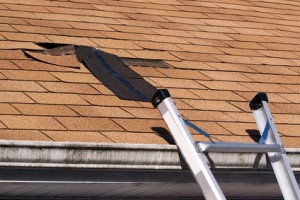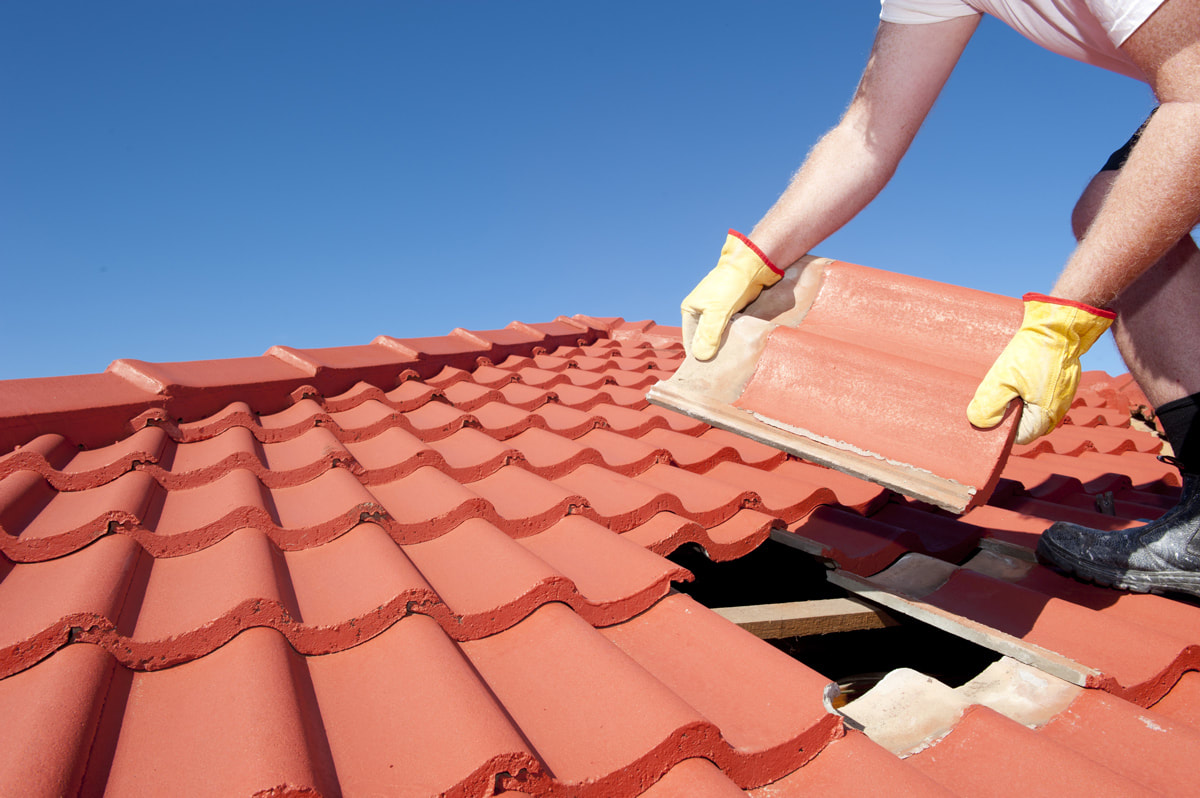Roofing Companies Oahu: Trusted Specialists for Your Roofing Demands
Roofing Companies Oahu: Trusted Specialists for Your Roofing Demands
Blog Article
Comprehending the Various Kinds of Roofs: A Comprehensive Guide for Homeowners
With a variety of alternatives-- varying from the conventional gable to the contemporary flat-- each kind presents unique benefits and challenges that should align with the home owner's environmental factors to consider and details demands. As we discover the ins and outs of various roofing types, it ends up being noticeable that one dimension does not fit all; the ideal selection may surprise you.
Gable Roofing Systems
Gable roofing systems, defined by their triangular shape, are among one of the most preferred roofing designs as a result of their simpleness and performance in dropping water and snow. This layout includes two sloping sides that fulfill at a ridge, permitting for efficient drain and decreasing the risk of water accumulation. The high pitch commonly related to saddleback roofs enhances their capacity to deal with hefty rainfall, making them suitable for numerous climates.
In enhancement to their practical benefits, saddleback roofs provide visual versatility. They can be adapted to numerous architectural styles, from conventional to modern-day homes. The layout can likewise accommodate extra attributes such as dormer home windows, which improve natural light and ventilation in the attic space.
In addition, gable roofings offer ample space for insulation, contributing to power efficiency. Property owners can choose from a selection of roof covering materials, including asphalt tiles, steel, and tiles, better improving customization alternatives.
Regardless of their advantages, saddleback roofs may call for extra assistance in locations susceptible to high winds or hefty snowfall. On the whole, the saddleback roof stays a favored option due to its blend of capability, durability, and visual charm.
Flat Roofs
Flat roof coverings are commonly identified for their minimal style and practical applications, especially in industrial and commercial setups (oahu roofing). These roof coverings include a horizontal or virtually horizontal surface, which allows for very easy building and construction and flexible area application. While they may lack the visual charm of pitched roof coverings, flat roof coverings offer various benefits, specifically in urban atmospheres where optimizing area is crucial
One of the key benefits of flat roofing systems is their accessibility. Property owners can make use of the roof covering area for various objectives, such as rooftop yards, balconies, or photovoltaic panel installations. In addition, flat roofing systems are commonly a lot more economical to keep and mount compared to their sloped equivalents, as they call for less materials and labor.
Nonetheless, level roofings do existing certain obstacles. Proper drainage is vital to stop water merging, which can bring about leaks and structural damage. For this reason, picking high-grade waterproofing materials and routine assessments are vital for ensuring long life. Common products utilized for level roofings consist of built-up roof covering (BUR), modified asphalt, and single-ply membrane layers, each offering unique advantages. Generally, flat roof coverings act as a practical and adaptable option for numerous property owners and organizations alike.
Hip Roofs
Hip roofing systems are defined by their sloped sides that merge on top, creating a ridge. This style stands out from gable roof coverings, as all four sides of a hip roof covering incline downwards toward the wall surfaces, offering a more secure framework. The angle of the inclines can differ, enabling versatility in architectural visual appeals and performance.
Among the main benefits of hip roof coverings is their capability to endure heavy winds and damaging weather. The sloped surface areas enable better water drainage, minimizing the risk of leaks and water damage. In addition, hip roof coverings supply enhanced attic room area, which can be made use of for storage space and even exchanged habitable areas.
Nonetheless, constructing a hip roof can be more complicated and pricey than less complex roof covering kinds, such as saddleback roofs. The additional product and labor associated with creating the slopes and guaranteeing view website appropriate architectural stability can result in higher costs. Regardless of these drawbacks, several house owners prefer hip roofings for their sturdiness, visual allure, and possibility for energy efficiency.
Mansard Roofings
Mansard roofs, often recognized by their distinct four-sided style, function 2 slopes on each side, with the lower incline being steeper than the top. This architectural style, stemming from France in the 17th century, is not just cosmetically appealing yet functional, as it takes full advantage of the usable room in the upper floors of a structure. The steep lower incline permits even more clearance, making it an optimal option for lofts or attic rooms, which can be exchanged living rooms.
Mansard roofs are characterized by their versatility, fitting numerous architectural designs, from traditional to modern-day. They can be created with different products, including asphalt tiles, slate, or steel, supplying property owners with a variety of choices to match their budgets and choices. In addition, the layout permits the assimilation of dormer windows, improving all-natural light and air flow in the top levels.
However, it is important to think about the possible downsides. Mansard roof coverings might need even more maintenance as a result of the complexity of their style, and their high slopes can be challenging for snow and rainfall drainage. On the whole, mansard roof coverings integrate style with usefulness, making them a preferred choice among property owners looking for unique architectural functions.
Lost Roofing Systems
As homeowners increasingly seek simplicity and functionality in their architectural layouts, shed roofing systems have become a preferred selection. Characterized by a solitary sloping aircraft, home a shed roofing system offers a minimalist visual that enhances various home styles, from contemporary to rustic.
Among the main benefits of a shed roof is its simple building and construction, which frequently translates to reduce labor and product costs. This style permits efficient water drain, decreasing the danger of leakages and water damage. Furthermore, the vertical slope provides enough area for skylights, enhancing all-natural light within the interior.
Dropped roofing systems additionally provide flexibility in terms of usage. They can be properly integrated right into additions, garages, or outside structures like sheds and structures. Moreover, this roof style can fit various roofing materials, consisting of metal, asphalt shingles, or perhaps eco-friendly roofs, straightening with green efforts.
Nevertheless, it is necessary to think about regional environment conditions, as heavy snow lots may demand modifications to the roof's angle or structure. Overall, dropped roofing systems provide a sensible and cosmetically pleasing choice for homeowners looking to make the most of performance without jeopardizing style.
Verdict


Gable roofs, defined by their triangular shape, are among the most popular roofing designs due to their simpleness and effectiveness in dropping water and snow. oahu roofing. The high pitch generally associated with gable roofs enhances their ability to take care of hefty rainfall, making them ideal for different climates
While they might lack the visual appeal of pitched roof coverings, level roof coverings provide numerous benefits, particularly in urban environments where making best use of space is vital.

Report this page